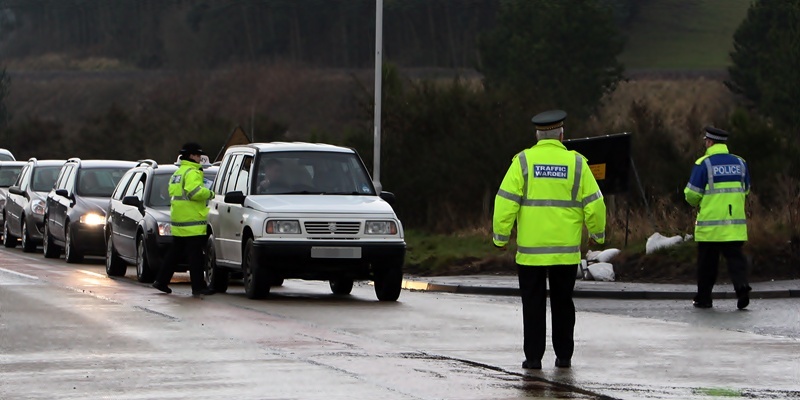Tayside Police have dealt with almost 7000 missing persons cases over the last three years with nearly 4500 concerning under-16s.
Details of the 6923 operations have been released following an investigation by The Courier, which has also revealed that one 13-year-old from Dundee disappeared as many as 47 times in a single year.
A large number of the cases involved children of pre-school and primary age, with an Angus two-year-old being reported missing in 2009.
The figures have sparked concern from children’s charities, who say many young people disappear as a result of serious problems at home.
Elaine Chalmers, head of the Scottish division of ChildLine, said, “The majority of children under 16 in the UK who run away from home do so to escape bullying, abuse, neglect, or family conflict.
“We would urge any young person who is thinking about running away from home to talk to someone they can trust a relative, friend or someone at school or contact ChildLine on 0800 1111 to talk about their worries in confidence.”
Of the 4498 cases recorded involving children, 2378 were from Dundee, 1072 from Angus and 1048 from Perth and Kinross. Almost 300 young people in the force area have gone missing more than once over the period 154 in Dundee, 74 in Angus and 68 in Perth and Kinross.ProblemsAdrian Robertson, community safety inspector with Tayside Police, said that the majority of young people who go missing repeatedly were known to the social work departments of the respective local authorities.
He added, “Many of these young people have issues and problems and are often in foster care. Fortunately, the cases of what we might call ‘mainstream’ children going missing are few and far between but that doesn’t mean we are any less concerned for the safety of those who do.”
Mr Robertson insisted that there were outlets across Tayside that could provide support to vulnerable children and echoed Ms Chalmers’ call for them not to “bottle up” any fears they may have.
He said, “There are many services available for young people who need to work through problems and it’s very important that we signpost the fact that they are there.
“It’s sometimes the case that young people don’t know where to turn, but the message from the police is that it really doesn’t matter who you tell about your problem as long as you tell someone. Sharing the burden is the main thing.
“We’re realistic that not every child will come straight to the police but they can tell a trusted family friend or someone at school. It doesn’t even have to be someone in authority it’s just vital that you share your concerns if you’re in this position.”
